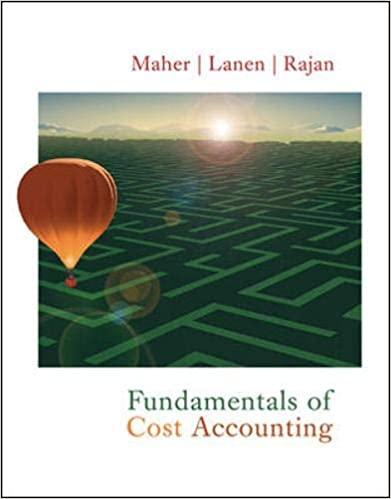Question
Home Depot and Lowes, both retailers of home improvement products and household goods. You will also explore some of the nonfinancial information offered in their
Home Depot and Lowes, both retailers of home improvement products and household goods. You will also explore some of the nonfinancial information offered in their annual reports, and compare their financial data to industry averages.
Find the 2016 annual reports of both companies from their websites (under the Investor Relations link), and answer the questions below.
1. Refer to the list of ratios in Exhibit 13.3 on page 670 of your text. Calculate the ratios listed for both Home Depot and Lowes for the most recent year shown, except EPS, fixed asset turnover, cash ratio, times interest earned, and dividend yield. For the price/earnings ratio, look up the stock price as of the financial statement date. Also create a common size income statement for each company for the most recent year to aid in your analysis.
2. Interpret and compare Home Depots and Lowes ratios and results of operations. Where do you see similarities and differences? Do the ratios show any strengths or weaknesses? Comment on each companys profitability, liquidity, and solvency. Using the P/E ratio, comment on whether the market appears to value one company over the other.
3. Using the DuPont analysis, explain any differences you see in the two companies return on equity.
4. Choose two or three ratios to compare to industry benchmarks for these companies. Are Home Depot and Lowes over or under the benchmarks, or about the same? What is your interpretation of your findings? (Locate industry benchmarks using one of the resources linked in Lesson 14.)
5. Read Managements Discussion and Analysis for each company. What additional insight does this section provide?
6.  Write a concluding paragraph describing the main points of interest from your analysis.
Write a concluding paragraph describing the main points of interest from your analysis.
Step by Step Solution
There are 3 Steps involved in it
Step: 1

Get Instant Access to Expert-Tailored Solutions
See step-by-step solutions with expert insights and AI powered tools for academic success
Step: 2

Step: 3

Ace Your Homework with AI
Get the answers you need in no time with our AI-driven, step-by-step assistance
Get Started


